Green phantom pleco - Baryancistrus demantoides
Scientific name: Baryancistrus demantoides
Common name: Green phantom pleco
Family: Loricariidae
Usual size in fish tanks: 14 - 17 cm (5.51 - 6.69 inch)
014
Recommended pH range: 6.5 - 7.5
Recommended water hardness: 4 - 17°N (71.43 - 303.57ppm)
0°C 32°F30°C 86°F
Recommended temperature range: 23 - 28 °C (73.4 - 82.4°F)
The way how these fish reproduce: Spawning
Where the species comes from: South America
Temperament to its own species: aggressive/territorial
Temperament toward other fish species: peaceful
Usual place in the tank: Bottom levels
Origin
The Green Phantom Pleco (Baryancistrus demantoides) originates from South America, specifically in the waterways of Venezuela. These fish are commonly found in fast-flowing rivers, where they inhabit rocky areas that provide plenty of hiding spots and opportunities to graze on algae.
Lifespan
With proper care, the Green Phantom Pleco can live for up to 12 years in captivity. Maintaining high water quality, providing a balanced diet, and ensuring they have enough space will contribute to their long-term health and longevity.
General Care
The Green Phantom Pleco is relatively easy to care for, but it does have specific requirements to ensure its well-being. While juveniles can be housed in smaller tanks, mature specimens will need a larger aquarium of at least 121 cm (four feet) in length to accommodate their size and territorial behavior. To mimic their natural habitat, provide strong water movement by carefully positioning the filter outlets or using small powerheads to create currents.
They require plenty of hiding spots, which can be created using rocks, driftwood, or other aquarium decorations. These areas provide them with a sense of security, especially during the day when they are less active. Bright lighting is also beneficial as it encourages the growth of algae, which they will graze on. Regular water changes and high water quality are crucial for their health, as they thrive in clean, well-maintained environments.
As Green Phantom Plecos mature, they become more aggressive and territorial, particularly toward other bottom dwellers. To reduce the risk of territorial disputes, it’s best to keep only one specimen per tank or provide a large enough space for each individual to establish its territory. Avoid keeping them with other bottom-dwelling species, as these may become targets of aggression.
Food and Feeding
Green Phantom Plecos are omnivores and require a varied diet. Their staple diet should consist of sinking pellets and algae wafers, which provide essential nutrients. In addition, offer them meaty treats such as bloodworms and brine shrimp twice a week to meet their protein needs.
Algal growth in the aquarium is an important natural food source for them, so while it’s fine to keep the glass clean for aesthetics, allow some algae to grow on the rocks and driftwood. Make sure the fish are well-fed and do not display signs of malnutrition, such as sunken bellies, which could indicate that they are not receiving enough food.
Sexing
As male Green Phantom Plecos mature, they develop a broader appearance, especially around the head. They may also have more elongated dorsal spines compared to females. These physical differences become more noticeable as the fish reach adulthood, making it easier to distinguish between males and females.
Breeding
There are no documented cases of Green Phantom Plecos breeding in captivity. In the wild, they are known to lay their eggs in caves located along riverbanks. Once the eggs are laid, the male takes on the role of guarding and caring for them until they hatch. Due to the lack of successful breeding in home aquariums, little is known about their specific breeding requirements in captivity.
Lighting Requirements
Bright, but not overly intense lighting, should be provided for 8-10 hours a day. This will encourage the growth of algae, which Green Phantom Plecos graze on. However, ensure the lighting does not cause excessive algae buildup that might overwhelm other tank inhabitants.
Feeding Tips
Feed your Green Phantom Pleco once or twice a day. It’s important to avoid high-fat foods like beef heart, as these can cause digestive problems in plecos. Stick to a plant-based diet supplemented with occasional protein sources like bloodworms or brine shrimp. Avoid overfeeding, and always remove uneaten food after 15-20 minutes to maintain water quality.
Behavior and Tank Mates
Green Phantom Plecos can become increasingly territorial as they mature, especially if space is limited. Signs of aggression may include chasing or nipping at other bottom dwellers. To prevent territorial disputes, consider using tank dividers or creating clearly defined territories with rocks or driftwood. Monitor their behavior closely, especially after introducing new tank mates.
Water Quality and Filtration
Maintaining stable water parameters is crucial for the health of Green Phantom Plecos. They thrive in clean, oxygen-rich water, so ensure the tank is equipped with a powerful filtration system. Use a filter that provides both mechanical and biological filtration. Additionally, ensure the temperature remains between 23-28°C (73.4-82.4°F) and the pH stays within the 6.5-7.5 range. Avoid drastic fluctuations in water quality, as these can cause stress and health issues in plecos.
Suitable Tank Mates
When selecting tank mates for Green Phantom Plecos, avoid other bottom-dwelling species like other plecos or catfish, as this can lead to territorial disputes. Ideal tank mates include peaceful, mid-level swimming fish like tetras, rasboras, or larger, non-aggressive cichlids. Always ensure there is enough space for all inhabitants, with plenty of hiding spots to reduce potential conflicts.
Pictures
Bought by aqua-fish.net from jjphoto.dk.
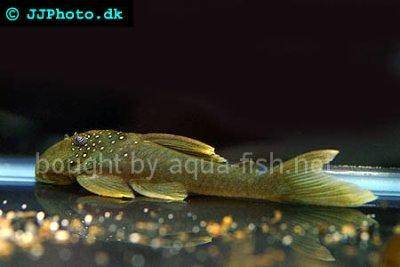



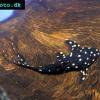 Adonis
Adonis  Lyre
Lyre 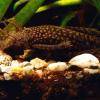 Bristlenose
Bristlenose  Gold
Gold  Bushymouth
Bushymouth  Spotted
Spotted  Medusa
Medusa 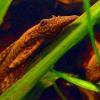 Bristlenose
Bristlenose 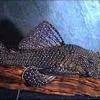 Starlight
Starlight  Spotted
Spotted  Catfish
Catfish  Bushynose
Bushynose 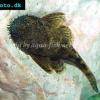 Bristlenose
Bristlenose 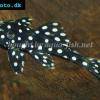 LDA-33
LDA-33 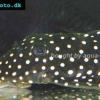 Snowflake
Snowflake 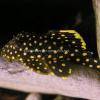 Gold
Gold 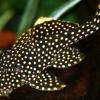 Gold
Gold  Bulldog
Bulldog  Dasyloricaria
Dasyloricaria  Butterfly
Butterfly 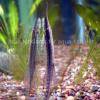 Whiptail
Whiptail 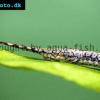 Amazon
Amazon  Twig
Twig 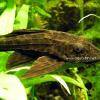 Spotted
Spotted 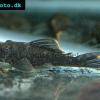 Spotted
Spotted 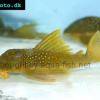 Lemon
Lemon 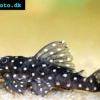 Pleco
Pleco  Peruvian
Peruvian 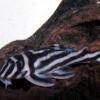 Zebra
Zebra  Pleco
Pleco 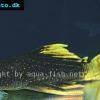 Hypostomus
Hypostomus 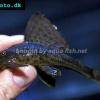 Pleco
Pleco  Suckermouth
Suckermouth  Spotted
Spotted  Woodeating
Woodeating 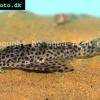 Golden
Golden  Sultan
Sultan  Multiradiatus
Multiradiatus 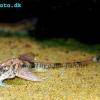 Marbled
Marbled 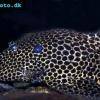 Pleco
Pleco 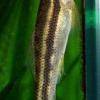 Dwarf
Dwarf  Dwarf
Dwarf  Dwarf
Dwarf  Oxyropsis
Oxyropsis 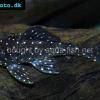 Orange
Orange  Blue
Blue 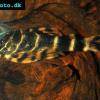 Clown
Clown 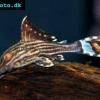 Royal
Royal  Blue
Blue 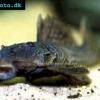 Rubber
Rubber  Goby
Goby 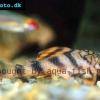 Wormline
Wormline  Para
Para  Tiger
Tiger 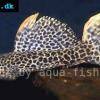 Leopard
Leopard 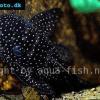 Spiny
Spiny  Marbled
Marbled 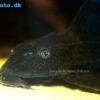 Amazon
Amazon  Common
Common  Sunshine
Sunshine 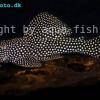 Golden
Golden